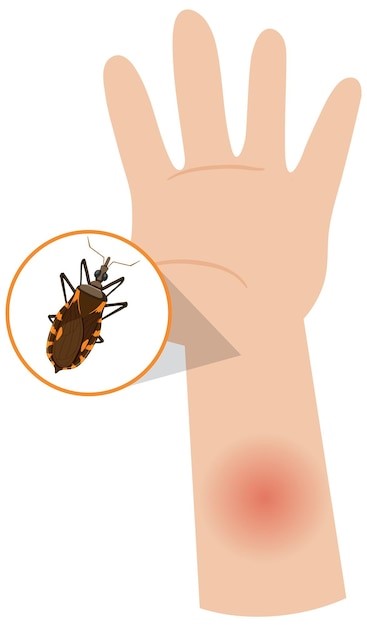Pubic lice, commonly known as “crabs,” are parasitic insects that infest the pubic hair region. While they are primarily found in the pubic area, they can also infest other body hair, such as armpits, eyebrows, or eyelashes. Pubic lice are transmitted through close personal contact, including sexual activity, and can cause itching, irritation, and discomfort. Understanding how pubic lice are contracted and taking preventative measures are crucial for maintaining good sexual health. Here’s what you need to know:
Transmission and Risk Factors:
Pubic lice are usually transmitted through direct contact with an infected individual. This can occur during sexual activity, but they can also spread through close personal contact, such as sharing clothing, towels, or bedding. Risk factors for contracting pubic lice include:
- Sexual Activity: Engaging in sexual activity, especially without using barrier methods like condoms, increases the risk of contracting pubic lice.
- Close Personal Contact: Sharing personal items, such as towels, clothing, or bedding, with an infected person can also lead to the transmission of pubic lice.
Recognizing the Symptoms:
The primary symptom of a pubic lice infestation is itching in the affected area, which may worsen at night. Other common signs and symptoms include:
- Presence of Lice or Nits: Adult pubic lice are small, crab-shaped insects that are visible to the naked eye. They can be found clinging to pubic hair or other affected areas. Nits, or eggs, may also be visible as tiny white or yellowish specks attached to the hair shaft.
- Irritation and Inflammation: Infestation can cause redness, irritation, and inflammation in the affected area, leading to itching and discomfort.
Preventing Pubic Lice:
Preventing the spread of pubic lice involves practicing good personal hygiene and taking precautionary measures:
- Safe Sexual Practices: Using barrier methods, such as condoms or dental dams, during sexual activity can reduce the risk of contracting pubic lice and other sexually transmitted infections.
- Avoid Sharing Personal Items: Refrain from sharing personal items like towels, clothing, or bedding with others to minimize the risk of transmission.
- Regular Laundering: Washing clothing, bedding, and towels in hot water and drying them on high heat can help kill any lice or nits that may be present.
- Close Body Contact: Be cautious when engaging in close personal contact with individuals who may have pubic lice. If you suspect an infestation, it is important to avoid close contact until the infestation is treated.
- Routine Screening: Regularly screen yourself and your sexual partners for pubic lice, especially if there are symptoms or potential exposure. Early detection allows for prompt treatment and prevents further transmission.
Seeking Treatment:
If you suspect a pubic lice infestation, it is important to seek medical advice for proper diagnosis and treatment. Over-the-counter or prescription medications, such as topical creams or shampoos, are commonly used to treat pubic lice. It is crucial to follow the treatment instructions carefully and complete the full course of medication to ensure the elimination of lice and nits.
Additionally, it is recommended to inform sexual partners so that they can also seek appropriate treatment if necessary. Treating pubic lice requires simultaneous treatment of all affected individuals to prevent reinfestation.
In conclusion, understanding how pubic lice are transmitted and taking preventive measures can significantly reduce the risk of contracting an infestation. Practicing safe sexual activity, avoiding the sharing of personal items, and maintaining good personal hygiene are key steps in preventing pubic lice. If an infestation does occur, seeking prompt medical treatment and informing sexual partners will help to eradicate the lice and prevent further spread. Remember, open communication, regular screening, and practicing safe sexual practices contribute to a healthier and more informed approach to sexual health.










